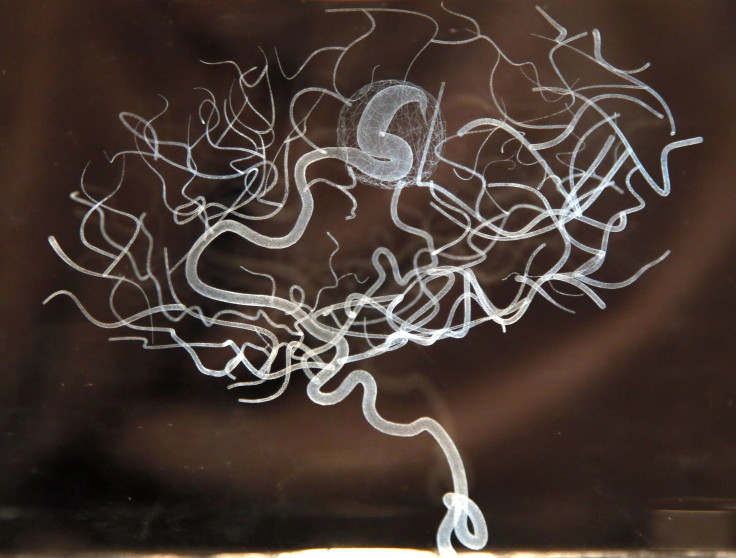Scientists Create Nano Memory: One Step Closer To Bionic Brain

The world’s first electronic long-term memory cell that effectively mimics the human brain cell was constructed by using a matrix of nano-sized memristors by researchers working at the Royal Melbourne Institute of Technology, or RMIT, in Australia and the University of California, Santa Barbara. The electronic memory cell has the ability to simultaneously process and store multiple strands of information, and hence, this latest development has brought the scientists one step closer towards creating a completely artificial, bionic brain. The findings of this discovery are published in the materials science journal Advanced Functional Materials.
The researchers, working at the MicroNano Research Facility of RMIT, are of the belief that this new development will help in creating new and effective treatment options for neurological conditions such as Alzheimer’s and Parkinson’s diseases since it will enable the study of such diseases outside the body using artificial brains. Dr Sharath Sriram, co-leader of the RMIT Functional Materials and Microsystems Research Group, says, “This is the closest we have come to creating a brain-like system with memory that learns and stores analog information and is quick at retrieving this stored information. The human brain is an extremely complex analog computer whose evolution is based on its previous experiences, and up until now this functionality has not been able to be adequately reproduced with digital technology."
The memristors or "memory resistors" used in creating this artificial cell represents the fourth basic circuit element in electrical engineering, joining resistors, capacitors, and inductors whose electrical resistance is determined by the history of the electric current that has previously flowed through it. In addition to being non-volatile, it also has the capacity to remember the direction and magnitude of the electricity applied to it. These properties of memristors make them act like brain neurons because the information contained on them is proportional which is not "on" or "off" like binary computer data.
According to Dr.Hussein Nili, lead author of the study, the ability to create highly dense and ultra-fast analog memory cells form the basis for imitating highly sophisticated biological neural networks required to emulate the complex artificial intelligence network needed to eventually produce a bionic brain. He adds, "This new discovery is significant as it allows the multi-state cell to store and process information in the very same way that the brain does. Think of an old camera which could only take pictures in black and white. The same analogy applies here, rather than just black and white memories we now have memories in full color with shade, light and texture, it is a major step."
To contact the writer, email:ruchira.dhoke@gmail.com





















